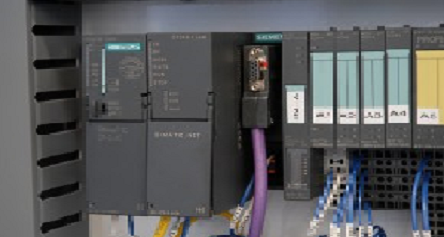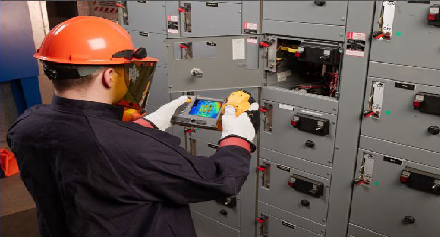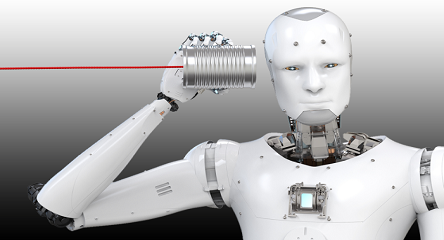Two Minute Tips
Multiple Technology Approach to Motor Diagnosis & Troubleshooting
The multi-technology approach to motor diagnostics means using different testing technologies to complement and validate each other. For example, when a vibration technician suspects a possible rotor problem in a critical application, and the cost to repair or replace requires a loss of production, where the motor’s cost is small compared to the incurred costs of the shutdown. In these situations, the reluctant to make the call for replacement is very high, in case the diagnosis is wrong, and the cost of the shutdown is extremely high. Therefore, this motor is allowed to run to failure. Applying the multi-technology approach in practice, Electrical Signature Analysis (energized testing) would confirm or eliminate the preliminary findings (bad rotor). If the shaft of the installed motor can be rotated by hand or the load quickly disconnected, then a Motor Circuit Analysis test (deenergized) can be performed to assess the condition of the rotor, stator, and connections. By applying the multi-technology approach, the confidence in the diagnostics has been increased with a greater degree of certainty that the correct real fault has been accurately identified.

Electrical Signature Analysis (ESA) is an energized test method where voltage and current waveforms are captured while the motor system is running to assess the health of the motor system. Energized testing provides valuable information for AC induction and DC motors, generators, wound rotor motors, synchronous motors, machine tool motors, and more. ESA assesses the health of the entire motor system while the machine is operating at any load, in less time than required to measure the vibration on one bearing using machinery vibration.
The ESA software automatically determines the actual running using propri- etary algorithms based on measured values of voltage and current. This allows for mechanical faults to be automatically detected by simply entering additional machine information such as the bearing numbers; the belt circumference, and pulley sizes; the number of vanes or blades on impellers; or the number of teeth on gears, into the ESA analysis software.
If any forces created by rolling element bearing defects, gears meshing, fan blade, pump vane passing, or belt issues are present in the FFT the spectral peaks are easily identified by annotated markers based on the calculated frequencies these forces create when any of these faults occur. Easy to recognize markers are inserted into the displays to highlight the spectral peaks that identify these forces to analyze the driven machine quickly and accurately. All the faults that are detected by Machinery Vibration Analysis (MVA) can also be detected using ESA and in most cases earlier than in MVA.
 Motor Circuit Analysis (MCA™) is the only deenergized test method that assesses the entire electrical portion of the motor system from the motor control center (MCC) or at the motor. It examines phases, rotors, grounds, coils and resistances to check for the presence of faults.
Motor Circuit Analysis (MCA™) is the only deenergized test method that assesses the entire electrical portion of the motor system from the motor control center (MCC) or at the motor. It examines phases, rotors, grounds, coils and resistances to check for the presence of faults.
The instrument performs a series of low voltage AC & DC tests to fully exercise the insulation system to examine the motors entire electrical system from
the MCC. MCA tests the insulation and connections within the motor as well as the connections, cables, from the motor controller. MCA will identify faults on the rotor, in the windings as well as the groundwall insulation.
Deenergized testing quickly determines loose connections, winding faults, contaminated windings, ground faults or cabling & rotor condition.






